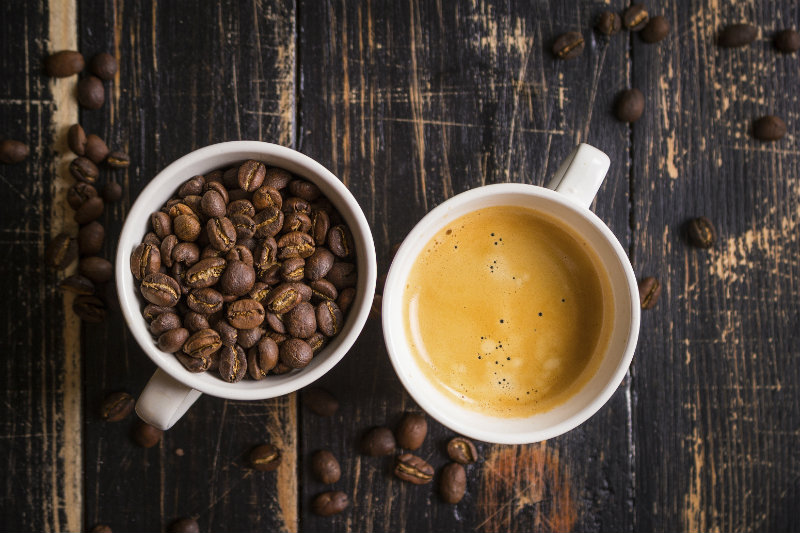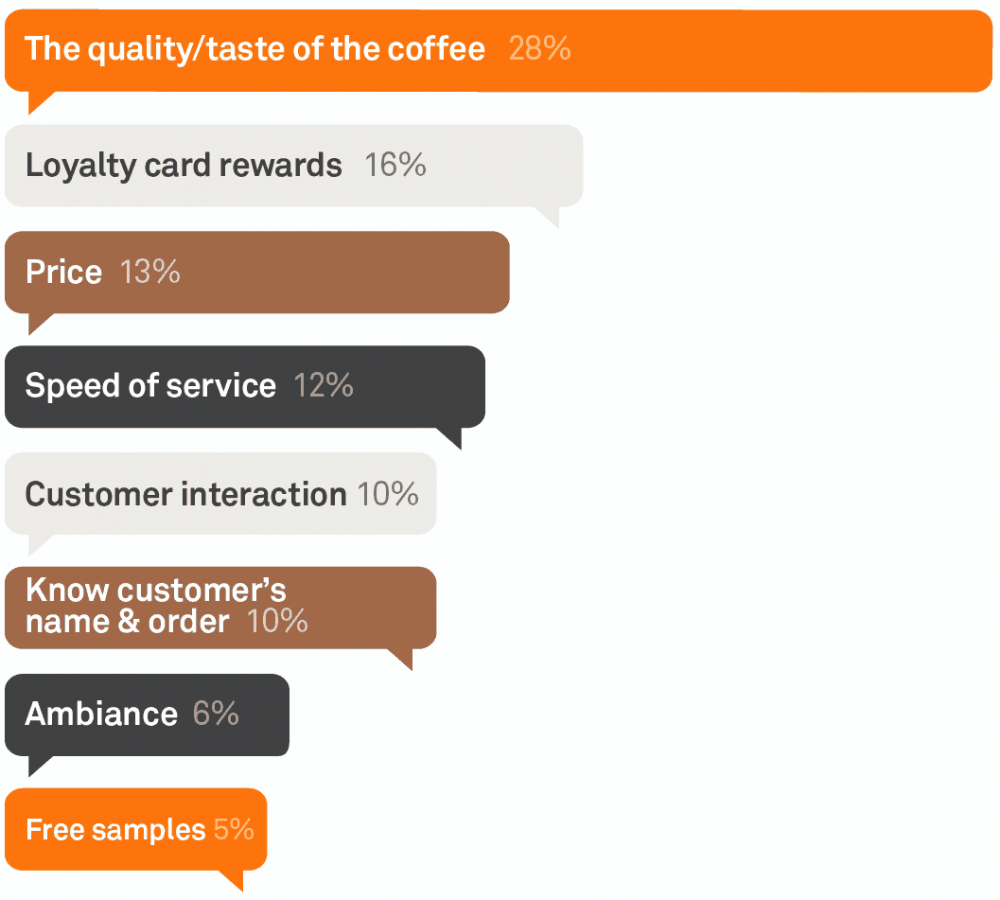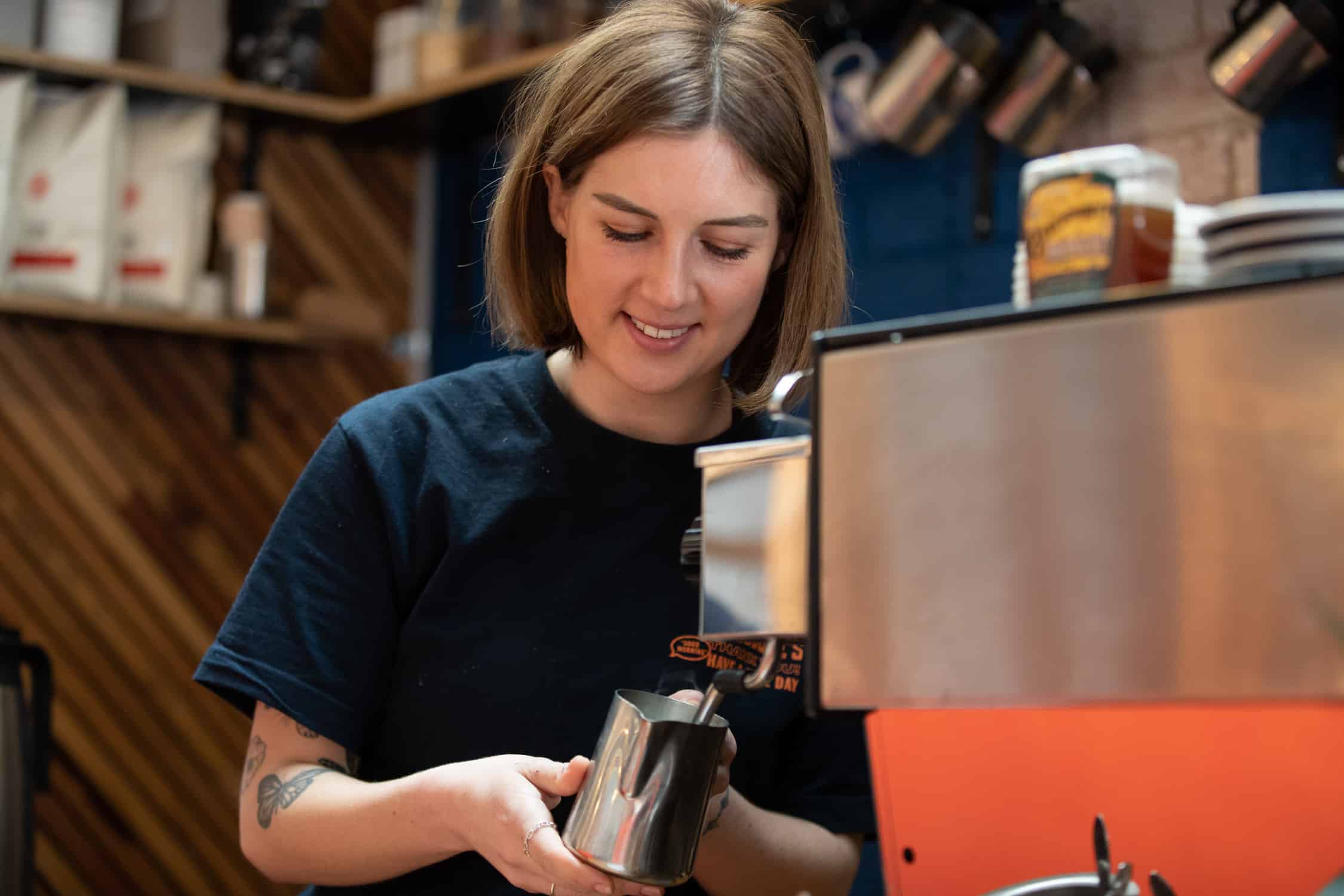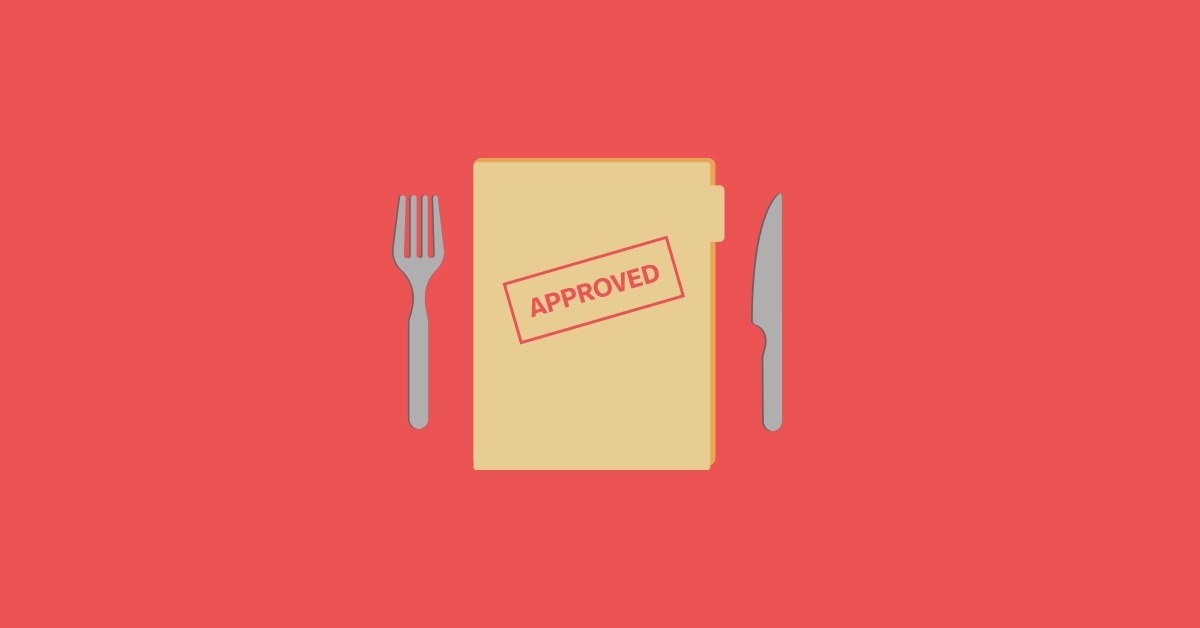
As the cost of doing business in Australia continues to rise, margin squeeze is never far from the minds of cafe and coffee shop owners, and for good reason.
Data from the Australian Bureau of Statistics shows profit margins across the food services sector at 5% and falling, with only slightly more than half of businesses still open after four years.
Needless to say, it’s tough out there.
We surveyed 1,000 coffee drinkers from all states and territories across Australia about their attitudes and expectations when it comes to the price, quality and experience of ordering a takeaway coffee.
Key coffee trends in 2019:
- Almost 80% of people believe coffee should be sold at different price points based on quality and origin, but only 37% will pay more than $5.00 for a speciality cup.
- Australians have come to expect a very high-quality product, and value coffee taste and quality ahead of customer service and speed of delivery.
- Consumers believe take-away coffee prices have increased more than reality over the last 5 years, and aren’t willing to pay much more for high-quality coffee.
- Loyalty programmes remain a strong drawcard for coffee drinkers in Australia. 64% would return to a cafe if it offered a loyalty program or rewards, and 28% would consider returning.
- Despite 40% still using a disposable cup each time they order a take-away coffee, 60% either use a reusable cup every time or try to as much as possible.
- Cafes trying to manage rising business costs and margin squeeze are turning to disruptive technologies to help balance quality, service and price with profits.

Australian coffee drinkers believe prices have gone up more than reality
Our research revealed the price coffee drinkers pay for their takeaway coffee across Australia, and how much they believe that price has increased over the last 5 years. The perceived price increase turned out to be much higher than reality.
Most people (48%) currently pay $3.50 – $4.50 for their coffee, with 38% paying more than $4.50 and 15% paying less than $3.50.
Prices were slightly higher on average in regional areas, with the majority of people (49%) in metro cities paying $3.50 – $4-50, and those outside of metro centres (44%) paying $4.00 – $5.00.
When you buy your take-away cup of coffee, how much do you usually pay?

20% of people believe this price has increased by up to 5% over the last 5 years, 23% believe it has increased by 5 – 10% and 34% believe it has increased by more than 10%. According to Lightspeed’s data, based on thousands of cafes nationwide, the price has only increased by 2.6% based on an average of all states except WA, where the price actually decreased by 7.4%.
State by state, prices in the ACT increased by 1.6%, NSW increased by 2.9%, QLD increased by 4.4%, TAS increased by 3.2%, VIC increased by 0.5%, and WA decreased by 7.4%.
Overall, most Australians believe current coffee prices are about right (53%), or too expensive (47%). This was the case in most states aside from WA and NT, where most people believed it was too expensive.
Nawar Adra, Founder and Director at Stitch Coffee & Collective Roasting Solutions, commented on market trends in price and called for more education on the complexity of the coffee value chain.
“It is alarming to me that nobody thinks coffee is too cheap, even though it has gone up by such a small amount in recent years. The price of a speciality cup should really be above $5.50 to sustain an economic business model, which will also support socially and environmentally responsible farming practices.
There needs to be more education on the complexity of the coffee value chain. It’s quite a complex supply chain by comparison to an industry like beer, where growing, manufacturing and packaging is done within the same borders.”
Statistics reveal quality and taste are king when it comes to coffee, but price still matters
It’s not cheap to make a good cup of coffee, but according to 78% of Australians, the taste and quality of the coffee you serve up is overwhelmingly the most important thing. Taste rated ahead of price (6%), customer service (4%) and speed of delivery (2%).
The origin of the beans (15%) and the brand of the coffee roaster (14%) were cited as the most likely to increase willingness to pay more for a cup of coffee, followed by customer service (13%).
What factors affect your willingness to pay a higher price for a cup of coffee?

Almost 80% of people believe coffee should be sold at different price points based on quality and origin, however, only 37% were willing to pay more than $5.00 for premium-grade, specialty coffee. 20% were willing to pay $4.50 – $5.00, and 44% were willing to pay less than $4.50.
Just like businesses, Australian coffee consumers too are feeling the impact of rising living costs, and aren’t willing to fork out much more for the quality of coffee they have come to expect.
Customer service and personalisation matter, especially in regional areas
It’s true that coffee taste and quality were overwhelmingly the most important factors for Australians in creating a great customer experience, but there were some trends in customer service that varied state by state. In NT, we saw an equal split between taste and customer service in terms of importance, and consumers in regional areas tended to value customer service slightly higher (6%) than in metro cities (3%) when ordering their coffee.
Similarly, more personalised service like knowing a customer’s name and order was more important to consumers in Darwin and regional WA.
What are the most important factors to creating a great customer experience when you buy coffee from a cafe or restaurant?

Strong trend towards loyalty programs to entice returning customers
Unsurprisingly, the biggest thing stopping Australians from returning to a cafe was low-quality coffee (26%), closely followed by bad customer service (22%), coffee that was too expensive (20%) and delivery that was too slow (16%).
Most people were willing to wait for 2-4 minutes (39%) or 4-6 minutes (38%) for their take-away coffee, and only 18% would wait longer than 6 minutes.
Loyalty programs, however, were a big draw-card to entice returning customers. 64% of consumers would return to a cafe if it offered a loyalty program or rewards, and 28% would consider returning. Most people (41%) would prefer to be rewarded with a buy X coffees get 1 coffee free system, 30% would prefer to receive points to redeem, and 29% were easy either way.

Sustainability remains a large and growing market trend
Sustainability is not a new coffee trend by any means – the war on waste and the move towards sustainable practices has been one of the industry’s biggest trends over the last few years, and it’s clear this focus is here to stay.
Australian coffee drinkers are on-board with this too. Despite 40% still using a disposable cup each time they order a take-away coffee, 61% either use a reusable cup every time, or try to as much as possible.
62% of Australian coffee drinkers were also motivated to return to a Café if they were given a discount for bringing their own cup, and 25% would consider returning.
Balancing quality coffee, service and price with profits
Cafes trying to manage rising business costs and margin squeeze are turning to disruptive technologies to help balance quality, service and price with profits.
Chris Tate is the Operations Manager at Pablo & Rusty’s Coffee Roasters, a premium speciality coffee brand that also operates two cafes in Sydney and Brisbane. According to Chris, great coffee is no longer a differentiator for cafes, and owners must turn to disruptive technologies to increase margins and improve customer experience.
Accessing great coffee no longer requires a trek across town – it’s now possible to get a fantastic brew in almost any suburb or town around Australia. Offering great coffee isn’t enough anymore to set a venue apart, and operators are savvy to this.
“If the focus on coffee quality is not equal to other offerings like food, service, business values, pricing and overall customer experience, a venue may falter and ultimately fail”
As an industry, we’re primed for disruption – for too long we’ve relied on our operator’s intuition and poor data to drive decision-making. Businesses must adapt and turn to emerging technologies to help increase margins, and more importantly improve customer experience; from holistic business analytics and automation of processes to improve efficiencies, workflow and reduce waste and wage costs, to order-ahead apps with built-in loyalty programs.
Check out some of our resources to help with:
Creating an exceptional customer experience
It’s not quite as simple as a friendly smile and a warm greeting, your customer experience goes way beyond the surface. We put together a handy guide on how to deliver service excellence.
How to upsell food
Thoughtful, gentle upselling at the right moment should be just as much about the needs of your guests as it is about adding a little extra to your bottom line. The best examples of upselling show that your team are passionate about the restaurant, food and drinks they’re serving, and knowledgeable enough to guide guests to have an amazing experience.
Increasing efficiency and reducing waste
By focusing on increasing efficiency in certain areas of your business where lots of time is spent, you can reduce your waste, keep staff happy and motivated, increase profits and improve customer experience.
How to create customer loyalty
Having a loyal customer base can be the holy grail for most hospitality businesses. But it can be hard to keep track of customer loyalty and know if you’re doing the right things to grow it. There are three major things you can do right away to make sure you’re encouraging customer loyalty.
Owning a cafe or coffee shop is a dream for many Australians; it is an energetic, high-intensity environment that can be fun and addictive. It is also a business environment can be more challenging than most, with up to 40% of businesses not turning a profit in any given year.
Margin squeeze isn’t something that’s likely to go away any time soon, but there are tools that can help manage it. Chat with Lightspeed and our partners about how we can help with a cafe point of sale system.
Coffee Trends: About the Research
The research was conducted independently by Qualtrics over September 2019 and surveyed 1,000 coffee drinkers from a range of ages across Australia in both metro cities and regional areas. Respondents were over 18 years of age and purchased a takeaway coffee from a Café more than three times per week.
News you care about. Tips you can use.
Everything your business needs to grow, delivered straight to your inbox.



